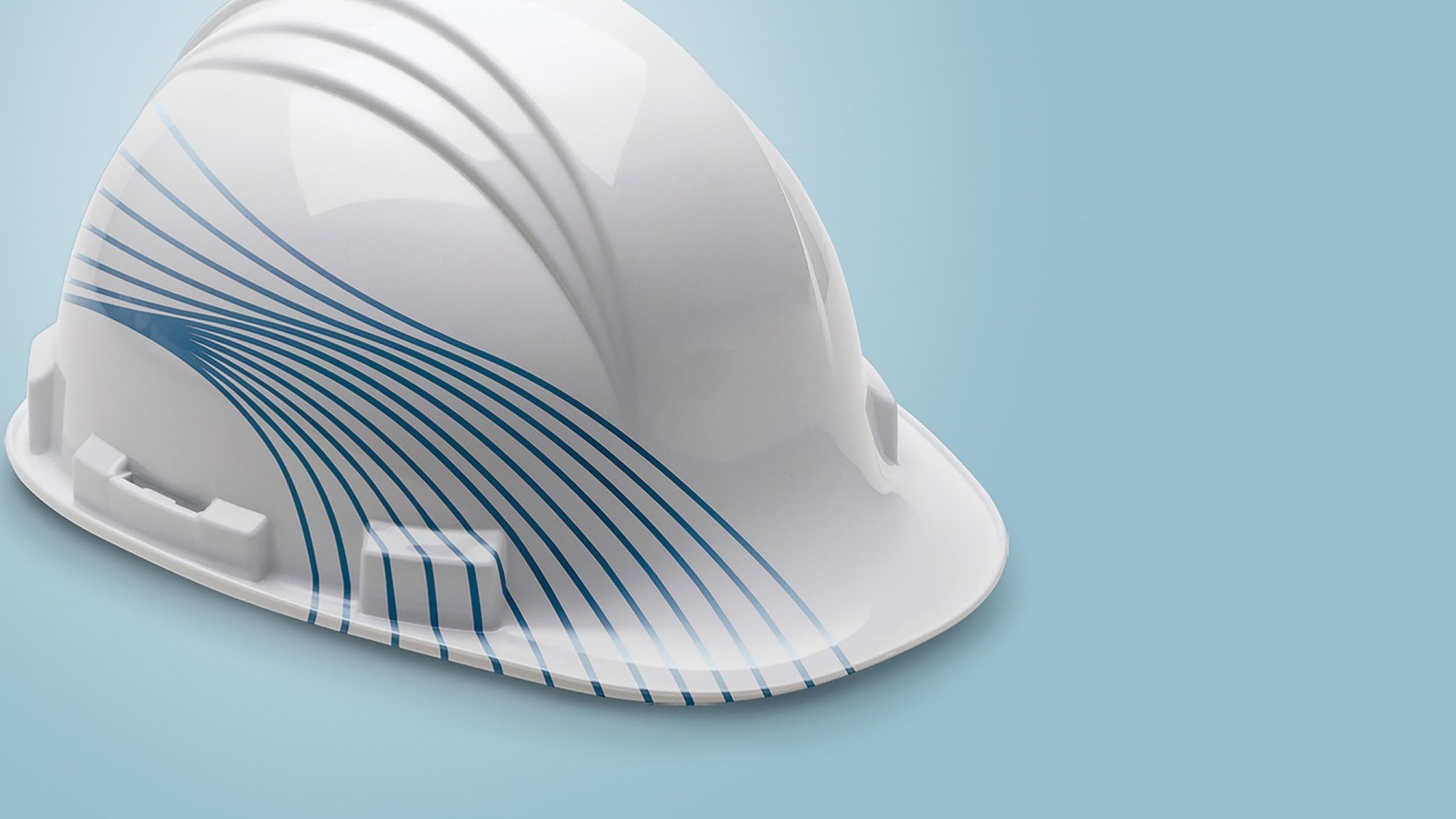
Simple Solutions to Improve Insulation on a Budget
Simple Solutions to Improve Insulation on a Budget
Table of Contents
- Simple Solutions to Improve Insulation on a Budget
- Introduction
- Assessing Insulation Needs
- Weatherstripping
- Window Treatments
- Door Draft Stoppers
- Caulking and Sealing
- Attic Insulation
- Outlet and Switch Sealers
- Insulating Pipes
- Radiator Reflectors
- Insulating Curtains and Blinds
- Carpet and Rug Layering
- Draft Snakes
- DIY Insulation Projects
- Conclusion
- FAQs
Introduction
Insulation is an essential component of building a cozy, energy-efficient house. Insulation done properly helps maintain comfortable indoor temperatures while lowering energy costs and utility bills. However, insulation upgrades are often perceived as expensive endeavors. The good news is that there are several simple and budget-friendly solutions that can significantly improve insulation in your home. In this article, we will explore these cost-effective methods to enhance insulation and maximize energy efficiency.
Assessing Insulation Needs
Before diving into the solutions, it is essential to assess your current insulation situation. Start by identifying areas where heat loss or gain is most prominent, such as windows, doors, and the attic. Look for gaps, drafts, or inadequate insulation that may contribute to energy inefficiency.
Weatherstripping
Weatherstripping is a cost-effective solution to seal gaps around windows and doors. By applying weatherstrips, you can prevent air leaks and improve insulation. Choose weatherstrips made from durable materials like rubber or silicone for long-lasting effectiveness.
Window Treatments
Windows are significant sources of heat transfer. Enhance insulation by using insulating window treatments such as thermal curtains or cellular shades. These window coverings trap air and create a barrier against outside temperatures, reducing heat loss or gain.
Door Draft Stoppers
Draft stoppers, also known as door snakes, are simple yet effective tools to prevent drafts under doors. You can purchase them or create DIY draft stoppers using old fabric and filling material. Place them at the bottom of exterior doors to block cold drafts from entering and warm air from escaping.
Caulking and Sealing
Sealing gaps and cracks around windows, doors, and other areas is an inexpensive way to improve insulation. Use caulk or sealant to fill in these gaps, preventing air leakage. Focus on areas where different building materials meet, as they are common areas for gaps to form.
Attic Insulation
The attic is a critical area for insulation as heat tends to rise. Check the current insulation level in your attic and consider adding more if needed. Insulation materials like fiberglass batts or blown-in cellulose are affordable options that can make a significant difference in energy efficiency.
Outlet and Switch Sealers
Electrical outlets and switches on exterior walls can contribute to heat loss. Install foam gaskets or outlet sealers behind switch plates and outlet covers to insulate these areas. This simple step can minimize drafts and improve energy efficiency.
Insulating Pipes
Uninsulated pipes can result in heat loss, especially in cold climates. Insulate hot water pipes with foam insulation sleeves or wraps. For exposed cold water pipes, consider using self-sealing foam tape to prevent condensation and heat transfer.
Radiator Reflectors
If you have radiators in your home, placing reflector panels behind them can improve heat distribution. Reflectors help redirect heat into the room instead of being absorbed by the wall. This cost-effective solution enhances the efficiency of your heating system.
Insulating Curtains and Blinds
Installing insulating curtains or blinds can provide an extra layer of insulation for windows. These window coverings are designed with thermal properties to reduce heat transfer. They can keep your home warmer in winter and cooler in summer while enhancing energy efficiency.
Carpet and Rug Layering
Adding an extra layer of insulation to your floors can help reduce heat loss. Place carpets or rugs on bare floors, especially in rooms with poor insulation. This simple addition provides additional thermal resistance and enhances the overall comfort of your space.
Draft Snakes
Similar to door draft stoppers, draft snakes are long fabric tubes placed along the bottom of doors or windows to block drafts. They create a barrier against cold air infiltration, maintaining a more comfortable indoor environment.
DIY Insulation Projects
Embark on DIY insulation projects to enhance insulation in specific areas of your home. For example, you can insulate the attic hatch, insulate water heater tanks, or create window insulation using bubble wrap. These projects are budget-friendly and allow you to customize insulation solutions based on your needs.
Conclusion
Improving insulation doesn't have to break the bank. By implementing these simple and cost-effective solutions, you can significantly enhance insulation in your home while maximizing energy efficiency. From weatherstripping and window treatments to DIY insulation projects, there are various options to suit different needs and budgets. Take the necessary steps to create a more comfortable and energy-efficient living space while reducing your environmental impact. Call Stamford Insulation Pros to learn more!
FAQs
Q: Are these solutions suitable for all types of homes? A: Yes, the solutions mentioned in this article can be implemented in various types of homes, including apartments, houses, and condominiums.
Q: Do these solutions require professional assistance? A: Most of the solutions can be easily implemented as DIY projects. However, if you're unsure or have complex insulation needs, consulting a professional can provide expert guidance.
Q: How much can I expect to save on energy bills by improving insulation? A: The amount of savings depends on several factors, such as the current insulation condition and local climate. However, improving insulation can lead to significant energy cost reductions over time.
Q: Can I combine multiple solutions for better insulation? A: Absolutely! In fact, combining different solutions can yield more effective results. Assess your insulation needs and implement a combination of solutions that best fit your home.
Q: Are there any government incentives for insulation upgrades? A: In many regions, there are government programs or incentives that promote energy-efficient upgrades, including insulation improvements. Check with local authorities or energy agencies for potential rebates or incentives.